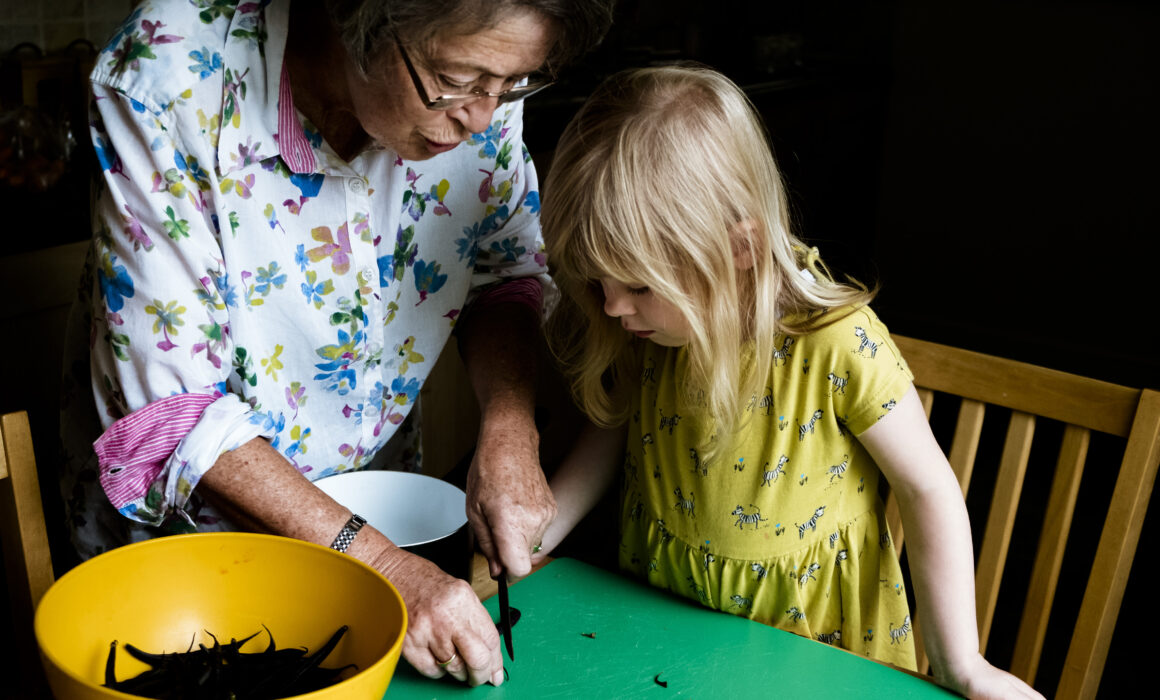Reading Photographs | Positions & Practice
“Every time we look at a photograph, we are aware, however slightly, of the photographer selecting that sight from an infinity of other possible sights. This is true even in the most casual family snapshot. The Photographer’s way of seeing is reflected in his choice of subject …
“…although every image embodies a way of seeing, our perception or appreciation of the image depends also upon our way of seeing…
” …when an image is presented as a work of art, the way people look at it is affected by a whole series of learnt assumptions about art.” (BERGER, 1972: 10-11).
John Berger argues that when we look at art we bring to it a whole series of assumptions in our deciphering of the image – assumptions about beauty, truth, genius, civilisation, form, status, taste etc – and that these assumptions may not accord with the world as it now is.
For me whether we consider something to be art is fraught with these assumptions and our own personal knowledge base as well as our judgement on taste and aesthetics. But I think those assumptions and background go beyond what we consider as art into how we view everything around us. Certainly in viewing photographs – whether we consider them to be art or not – we bring a wealth of internal judgement, biases, emotions, prejudices and providledges to the table and that affects the way we read and respond to them – whether they’re a family snapshot or a piece of art hanging in a gallery.
The context and environment in which we encounter an image is definitely a consideration in how we respond. Something hanging in a gallery or included in a collection in a book is automatically elevated that someone ‘in the know’ has deemed it ‘art’ and worth a wider audience. Our response to figures of authority and our own insecurities in feeling qualified to judge whether something is ‘good art’ will almost certainly have an impact on our initial response – even if that response is to reject it.
My own background as a white middle class straight woman from the North East with white non-divorced parents who grew up in working/middle class backgrounds will undoubtedly influence my view when reading photographs in the same way that it has influenced my educational opportunities and life chances. A background that pushed me to go to university and enabled me to study history and history of art (if not the fine art I really wanted to do!) means that I bring with me a grounding in other artistic practices and movements, exposure to academic discourse and debate, and a general interest in the subject matter that other individuals may not when reading the same photo. My politics; sense of humour; interests outside the art world; my experiences as a person, a woman and as a parent; my professional career outside of photography as well as that within it; the friends I have; the people I’ve encountered; the multi-cultural and diverse city I live in – all these play a part in what interpretation I make when viewing an image, not to mention personal taste and aesthetic judgement, so often personal yet still influenced by our backgrounds.
John Walker’s thoughts on how taken to the extreme that everyone is different and has a different interpretation would mean that every photo had potentially billions of interpretations are interesting. He is right of course that as human beings we share commonalities and are more similar than we are different. Thus there is a shared consensus on denotation and to an extent connotation within imagery based on our cultural backgrounds, social norms, conditions, shared experiences etc. If an image is placed in a gallery we’re supposed to recognise that it has been placed there with some artistic value; if it shows a dog, we recognise it’s a dog. If we’re ‘in the know’ we may know that the dog signifies something – in much the same way that in 15th century Flemish painters stuffed their images full of symbolic icons that you needed to be ‘in the know’ to read. Within that general context and social and cultural responses though there is room for nuance of interpretation.
References:
BERGER, John. Ways of Seeing. 1972. London: Penguin
WALKER, John. The Camerawork Essays: Context and meaning In Photography. 1997. London: Rivers Oram

